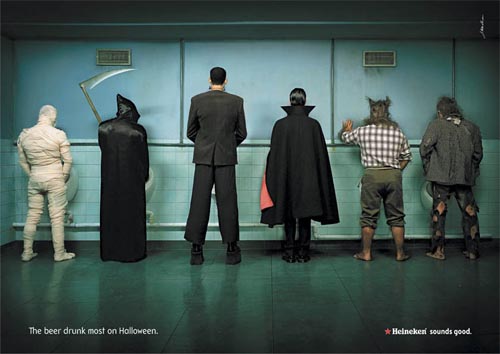
The term social media and Web 2.0 are constantly thrown around with just about everyone in the marketing world having heard about it at one point or another. Some claim to understand it and some claim to believe it to be the silver bullet that will rake in unheard of amounts of money with minimal to no cost. Unfortunately this is a frequent misconception.
Social media is a complex web of social networks, advertisers, blogs, micro blogs, communities, podcasts, videos, photos, news and much more. The first thing that generally comes to mind when thinking about social media is usually Facebook, MySpace or YouTube. A simple video or fan page is setup, a few e-mails are sent out and voila...the web will certainly do its magic and the modo, "if you build it, they will come" should prevail resulting in a successful campaign. For many who have taken this approach, they have learned the hard way that short sightedness rarely delivers favourable responses while well thought out strategies may be more intensive and exhausting during the planning stages, the results can be far more rewarding.
The problem is education. The internet is filled with information and new tools are being created and introduced everyday allowing people to aggregate their sources of knowledge as well as their online tools.
Keeping pace with the evolving web is critical to any successful campaign. This means becoming deeply immersed into the social media culture and embracing its many intricacies. Connecting with others who share the same passion and understand this realm is important in order to expand ones knowledge reach in order to gain a competitive advantage at a quicker pace.
Finally, taking the time to fully define who it is that you are trying to reach, what is it that you want to tell them, how do you plan to tell them and why should anyone care? It amazes me how often these questions go unanswered prior to launching a campaign!








.jpg)

















